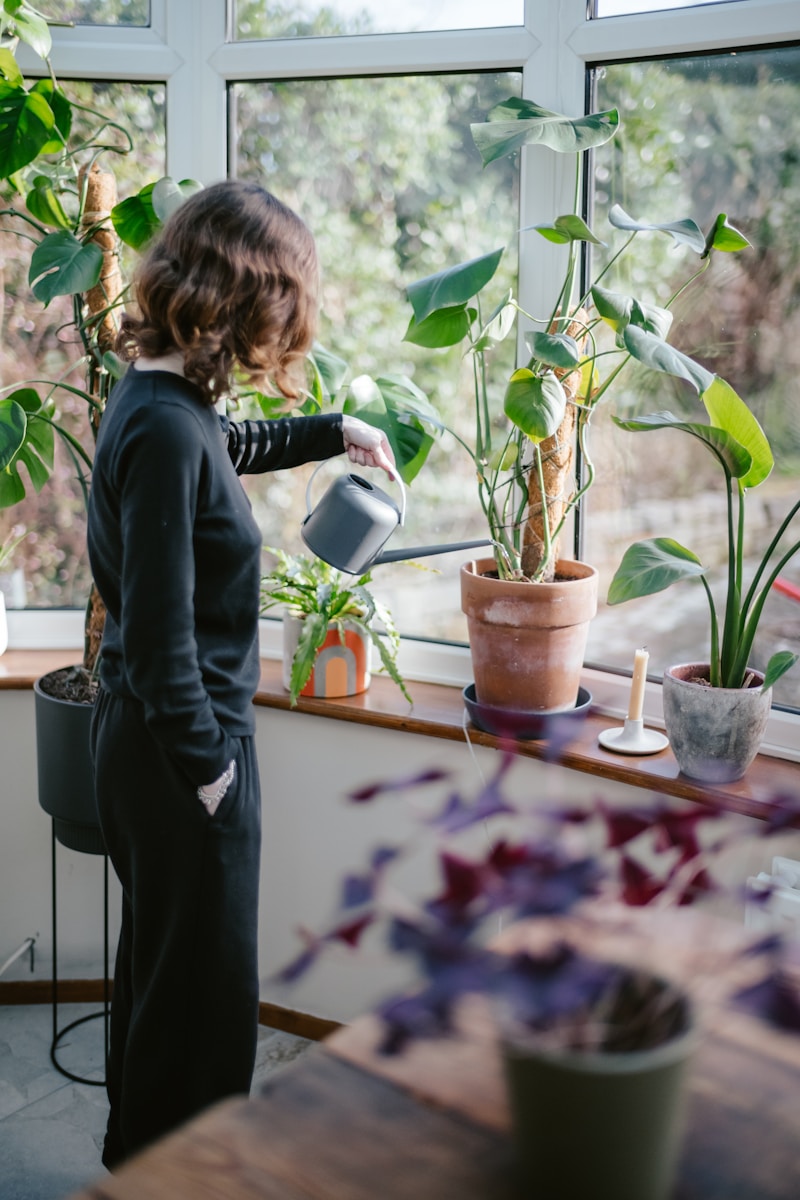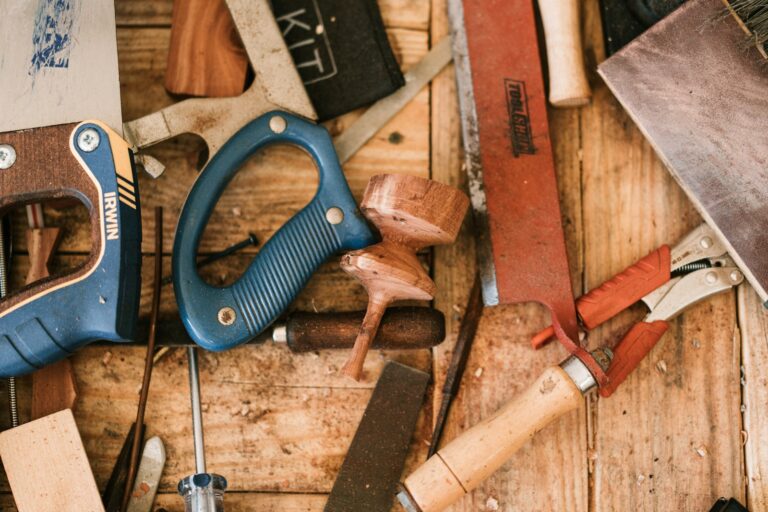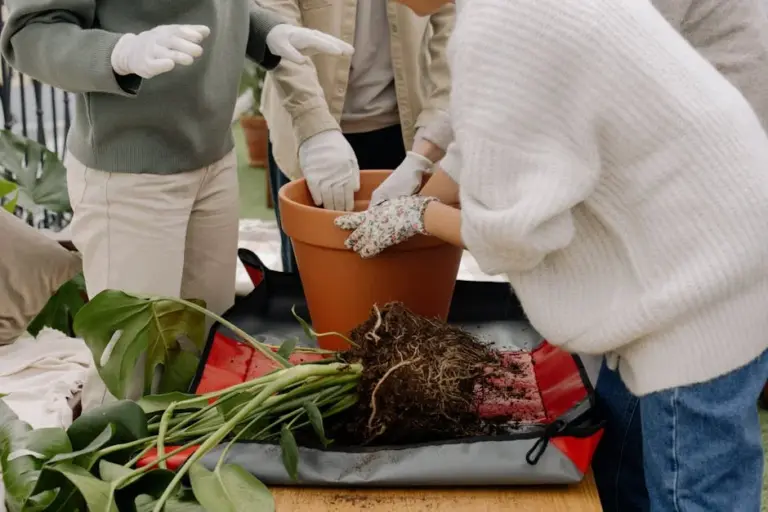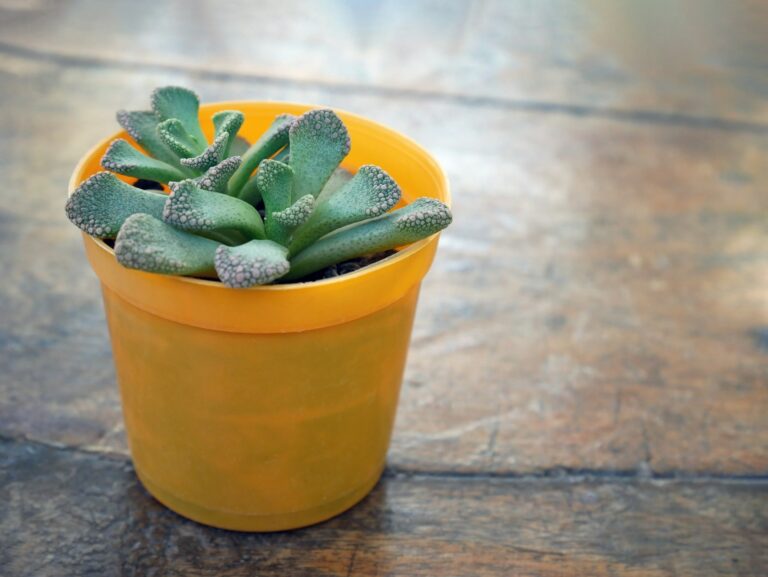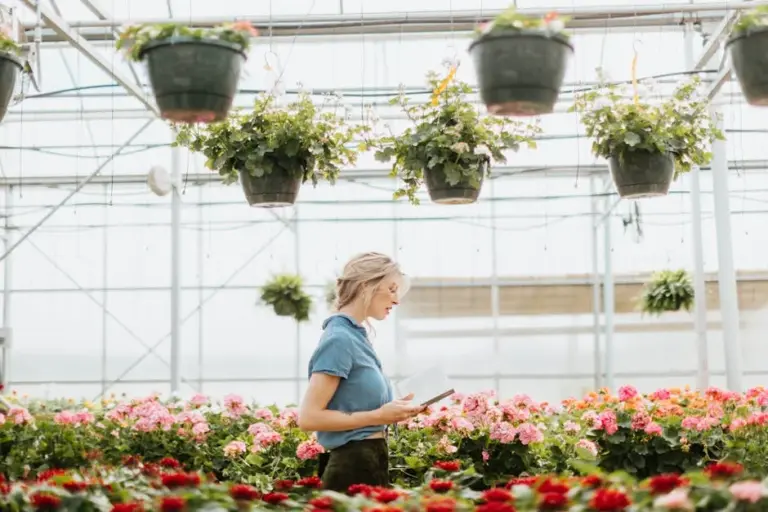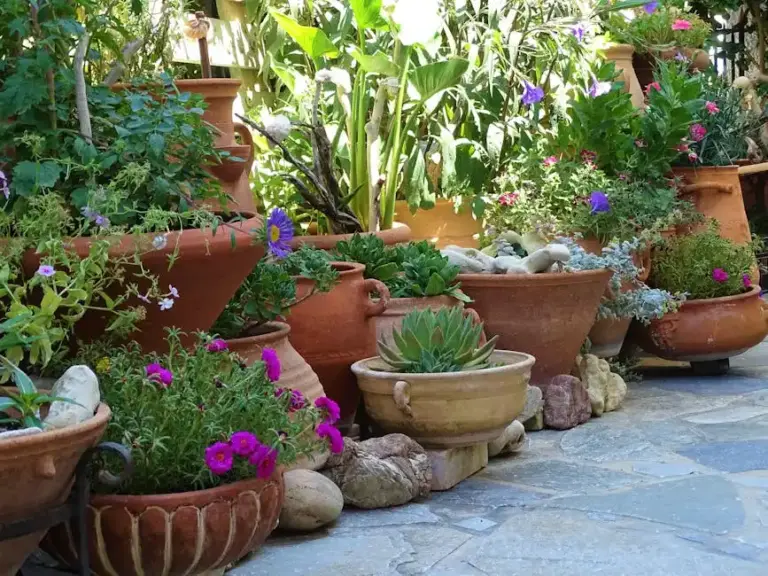7 Mistakes People Make When Watering Plants and How to Avoid Them Easily
Ever feel like your plants just aren’t as happy as they could be, no matter how much you care for them? Watering seems so straightforward, but it’s easy to get wrong.
Some mistakes can slow growth or cause your plants to struggle. Let’s look at some of the most common watering slip-ups and how to sidestep them.
Overwatering causing root rot
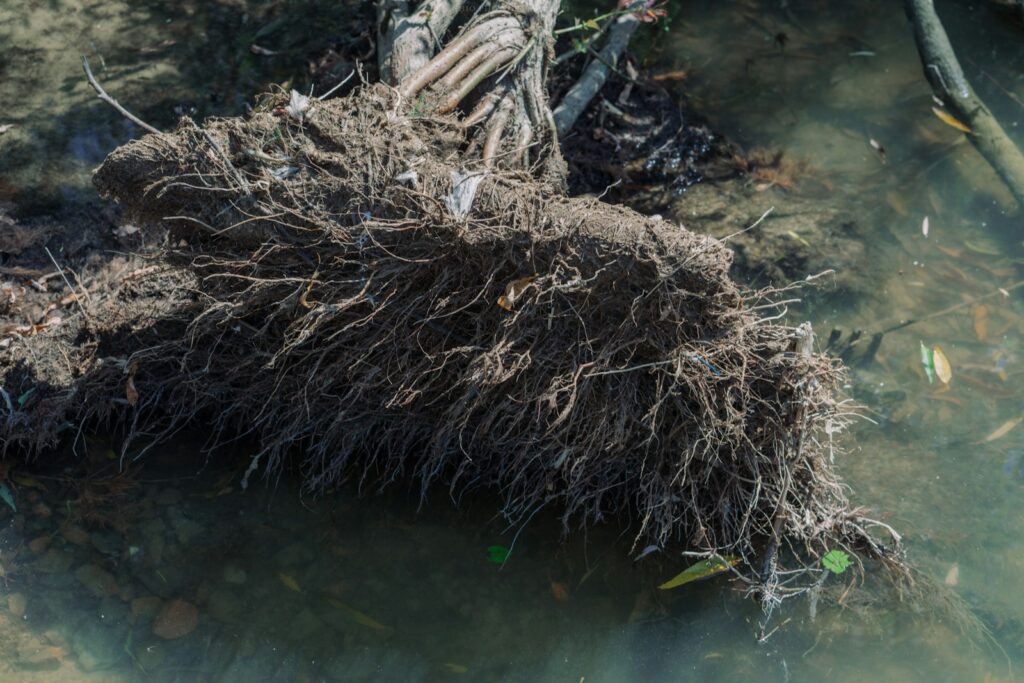
Giving plants too much water can actually hurt them. Overwatering fills the soil with moisture and blocks air from reaching the roots.
Without enough oxygen, roots begin to rot. The roots become soft and brown instead of strong and healthy.
You might notice yellow or wilted leaves, or that the soil smells musty. If you water too often or pour too much at once, root rot can easily happen.
To avoid this, check the soil before watering by sticking your finger about one or two inches deep. If the soil still feels wet, wait before watering again.
It’s better to water less often but deeply than to keep the soil constantly soggy. This simple change can save your plants from root rot.
Watering at the wrong time of day
Watering at the wrong time can set your plants back. The best time to water is early in the morning when the air is cool and less water evaporates.
Your plants get enough moisture to start the day strong. Watering in the evening can leave leaves damp overnight, which invites mold or pests.
If you must water later, aim for the soil, not the leaves. Avoid watering during the hottest part of the day since the sun dries out water too quickly.
Most of it evaporates before plants can absorb it. The right timing helps your plants grow better and saves water too.
Using cold water on plants
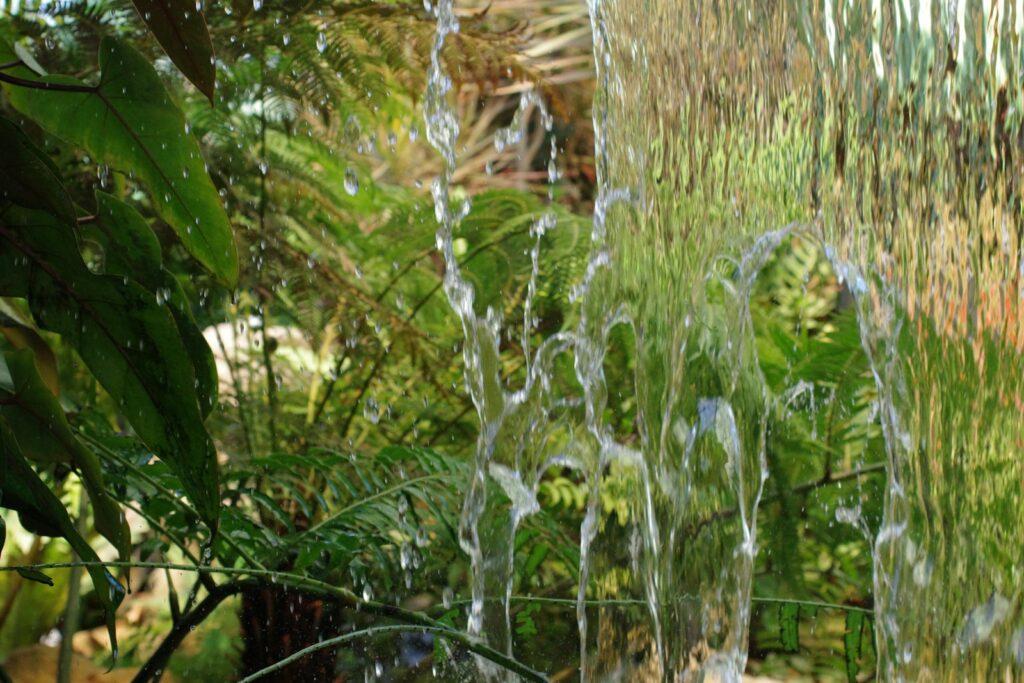
Cold water straight from the tap can shock plant roots. When water is too cold, it may even cause tiny ice crystals to form in the roots.
Young seedlings and potted plants are especially sensitive. Cold water can slow their growth or cause stress.
It’s better to use water that feels lukewarm, ideally between 60°F and 75°F (15°C to 25°C). If you only have cold tap water, leave it out overnight to warm up and let chlorine evaporate.
Using water at the right temperature helps your plants take up nutrients better. Treat your plants gently with the right water temperature for stronger growth.
Not adjusting watering for different plant types
Every plant has its own watering needs. Some like their soil to stay moist, while others want it to dry out between waterings.
Succulents and cacti store water and need less frequent watering. Ferns and tropical plants usually need more moisture to stay healthy.
Learn about each plant’s needs so you can give the right amount of water. Check for signs like droopy or yellow leaves, which might mean too much or too little water.
Adjust your routine based on what you see. Watering correctly for each plant type helps your collection stay happy and healthy.
Watering leaves instead of soil
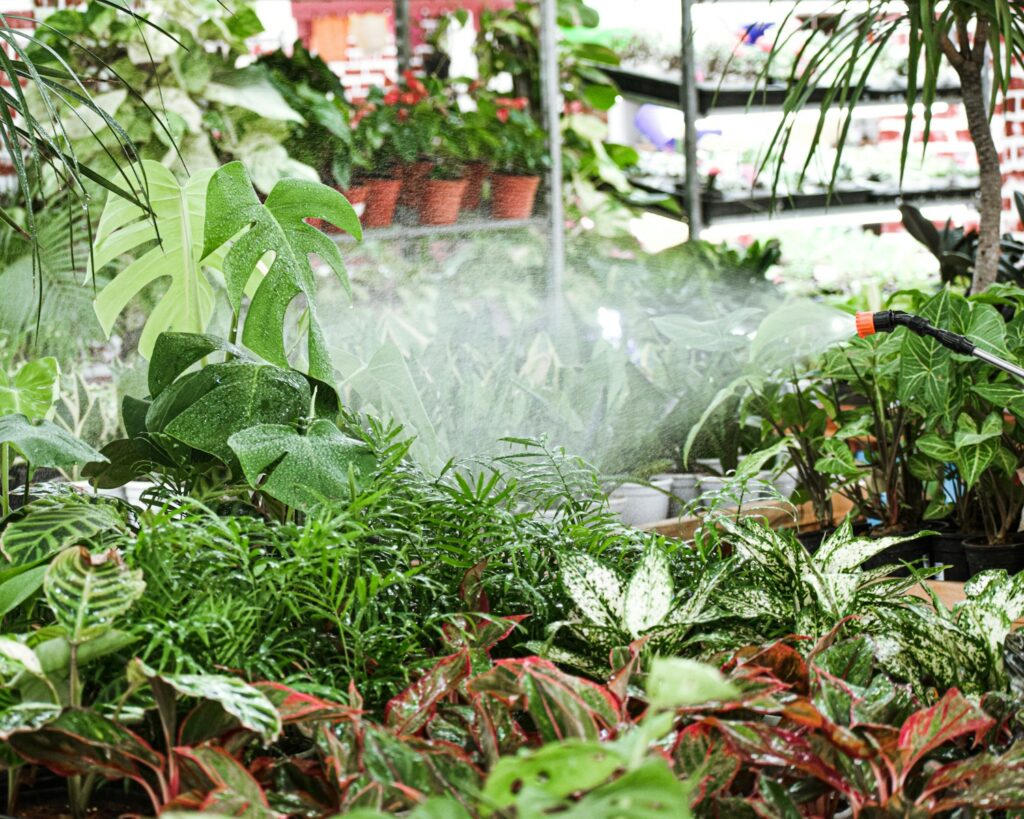
Focusing water on the leaves can cause trouble. Water sitting on leaves creates a damp environment where fungi and bacteria thrive.
Leaves that stay wet for a long time may develop spots or mildew. Tomatoes and roses are especially sensitive to this.
Water the soil directly so roots can soak up the moisture they need. Using a watering can or hose with a nozzle aimed at the base helps reduce disease risk.
Watering in the morning or early afternoon gives the soil a chance to dry before night. Avoid watering in the evening when leaves stay wet longer.
Ignoring soil moisture before watering
Watering without checking the soil first can lead to problems. Both too much and too little water can harm your plants.
Stick your finger about an inch or two into the soil to check for moisture. If it feels dry, it’s time to water.
If it still feels moist, wait a day or two before checking again. Soil type matters too.
Clay soil holds water longer and may need less frequent watering. Sandy soil drains quickly and might require more regular attention.
Paying attention to soil moisture saves water and keeps your plants healthy.
Watering too quickly causing runoff
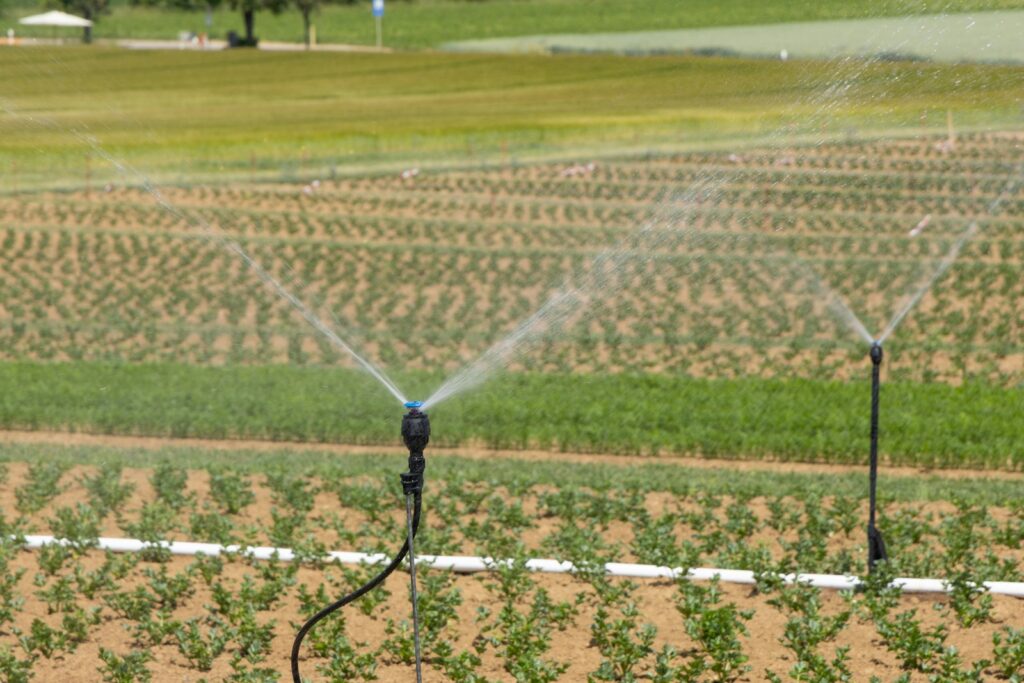
Watering too fast can cause water to run off instead of soaking in. Your plants miss out on the deep moisture they need.
Runoff happens because dry soil can only absorb water slowly. When water comes too fast, it pools and flows away.
You might see puddles forming or water running off the edge of pots. To avoid this, water gently and slowly.
A watering can with a fine rose or a drip system helps the water soak in better. Give the soil time to absorb the water before adding more.
This way, your plants get moist roots and stay healthy.
Understanding Your Plant’s Water Needs
Plants need just the right amount of water. Knowing how to spot when they are overwatered or underwatered helps you keep them healthy.
Recognizing Signs of Overwatering

Too much water can suffocate roots and cause root rot. Look for yellowing leaves that feel soft or mushy.
The soil might stay wet for days and sometimes smell sour or moldy. Your plant may look droopy even though the soil is wet.
Check the pot for poor drainage and make sure water can escape easily. Let the top 1 to 2 inches of soil dry before watering again.
Recognizing Signs of Underwatering
Not enough water turns leaves brown, dry, and crispy, especially at the edges. The soil will look dry and pull away from the pot’s sides.
Plants often droop or wilt when the soil feels dry. New growth may slow down, and flowers or leaves might fall off early.
Water the soil deeply until it drains out of the bottom. Check soil moisture regularly, especially in hot weather or dry air.
Creating an Effective Watering Routine
Keeping your plants healthy means adjusting how and when you water them. The right tools can make watering easier and more precise.
Seasonal Adjustments
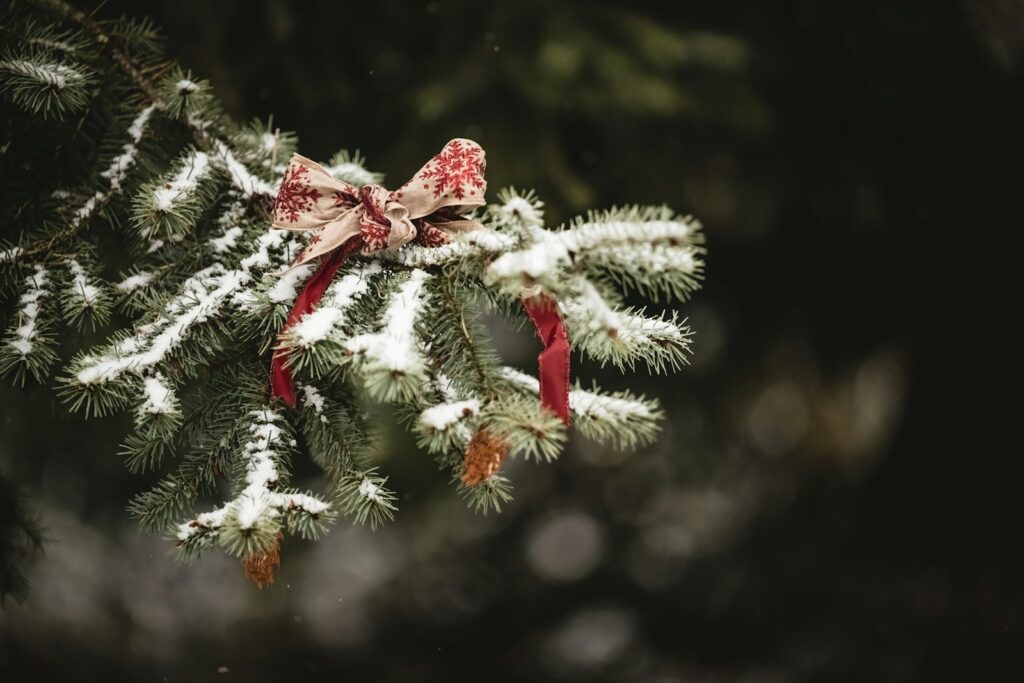
Watering needs change with the seasons. In hot summer months, your plants usually need more water because heat dries out soil quickly.
You might need to water daily or every other day for outdoor or container plants. During cooler months, water less often.
Many plants rest in fall and winter and require less moisture. Overwatering during this time can lead to root problems.
Keep an eye on rainfall too. If it’s been rainy, reduce watering to avoid soggy soil.
Checking soil moisture before watering helps you give just the right amount.
Choosing the Right Watering Tools
Finding the right watering tools can make a big difference in how healthy your plants look. If you have a lot of small pots or indoor plants, a watering can with a narrow spout gives you more control and helps you avoid spills.
For those with bigger gardens, a hose with a spray nozzle or a soaker hose can help you reach every corner. These options let you water slowly and evenly, so you don’t end up with puddles or dry spots.
A drip irrigation system is another solution that delivers water straight to the roots. This can help you save water and keep your garden thriving.
Moisture meters are also helpful if you’re never sure when to water. They let you check if your soil is dry, so you can avoid overwatering or letting your plants get too thirsty.

